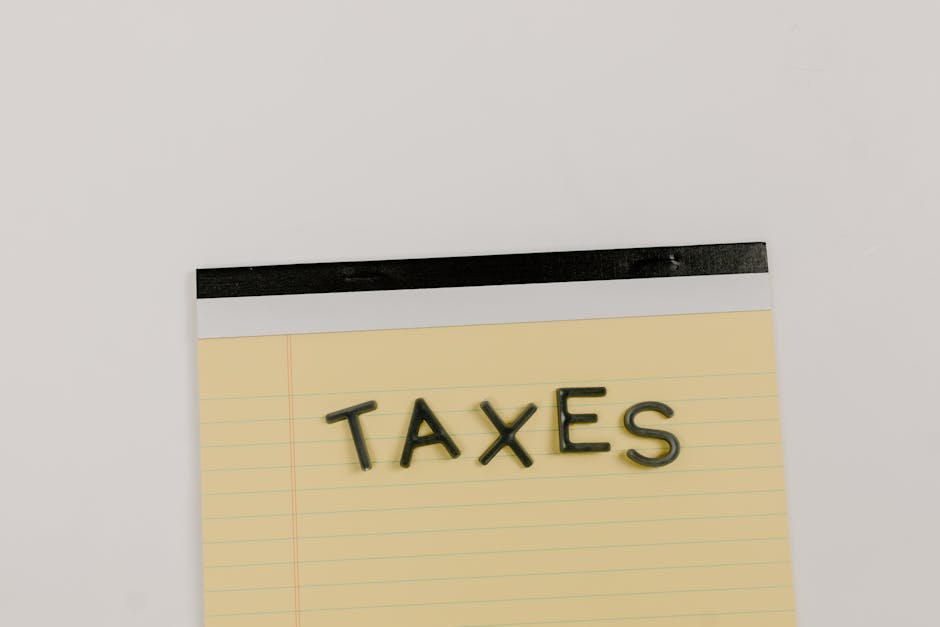Beyond the Budget: How Nikkei Woman's November Issue Unleashes My Inner Stationery Enthusiast for Flawless Money Management

As a devoted stationery enthusiast, few things ignite my passion more than the perfect blend of form and function. Imagine my delight when I delved into the concepts presented in the 日経ウーマン (Nikkei Woman) 11月号 (November Issue), a veritable treasure trove focusing on 手帳術 (planner methods), the magic of 文房具 (stationery), and the transformative power of an お金ノート (money notebook) to cultivate a truly personalized money management style. This isn't just about budgeting; it's about an artful, tactile approach to financial wellness that speaks directly to my soul.
The Irresistible Allure of the Nikkei Woman 11月号's Approach
The 日経ウーマン (Nikkei Woman) 11月号 introduces a philosophy that elevates financial planning from a chore to a creative endeavor. It’s a compelling invitation to infuse personality and pleasure into what can often feel like a mundane task. For someone who appreciates the subtle nuances of paper and ink, this perspective is nothing short of revolutionary. The issue champions the idea that the right tools, thoughtfully applied, can make all the difference in achieving "私らしいマネー管理術" – my own unique money management style.
Reimagining Planner Methods (手帳術) with Passion
The 手帳術 (planner methods) highlighted in the issue are a masterclass in organized living. What truly captivates me is the emphasis on aesthetic appeal and intuitive design. A planner isn't merely a calendar; it's a personal canvas. The suggested layouts and tracking techniques encourage a holistic view of life and finances. I find myself drawn to the idea of using specific paper textures – a smooth, almost silken finish for daily entries, and a slightly coarser, more substantial page for long-term goal setting. This tactile differentiation enhances the user experience, making each interaction with the planner a moment of mindful engagement.
The innovation isn't just in the layout; it's in the encouragement to personalize. Imagine using a fountain pen whose nib glides effortlessly across the page, leaving a crisp, satisfying line. The sheer comfort of writing with such an instrument transforms the act of planning into a meditative ritual. This focus on writing comfort is paramount; when the tools feel good in your hand, you're more likely to use them consistently and with joy.
The Transformative Power of the お金ノート (Money Notebook)
But the true gem, for me, is the spotlight on the お金ノート (money notebook). This isn't just any ledger; it's a dedicated space designed to foster a deeply personal relationship with one's finances. The idea that a notebook can be a tool for self-reflection and financial empowerment is incredibly powerful. The issue inspires thoughts of an お金ノート with a durable yet elegant cover – perhaps a soft, supple leatherette or a sturdy, linen-bound cover that feels substantial in hand. The very texture of the materials contributes to its perceived value and importance.
The beauty of an お金ノート lies in its potential for customization. Imagine pages with subtle dot grids for flexible charting, or faint lines that guide without restricting. The design aesthetics here are crucial; an attractive notebook encourages daily interaction. Paired with the perfect pen, one that offers consistent ink flow and a comfortable grip, the act of tracking expenses or plotting financial goals becomes genuinely enjoyable. It’s no longer a chore, but an intimate conversation with my own financial future.
文房具 (Stationery): The Unsung Heroes of Financial Flow
The 日経ウーマン 11月号 masterfully illustrates how high-quality 文房具 (stationery) are not just accessories, but indispensable partners in effective money management. From fine-tipped pens that allow for precise notation, to vibrant highlighters that draw attention to key financial milestones, every item plays a role. The tactile joy of selecting the right pen for a specific task – a gel pen for quick notes, a rollerball for formal entries – adds a layer of satisfaction to the process. The issue subtly reminds us that investing in good stationery is an investment in our own productivity and enjoyment.
This holistic approach, marrying the structured guidance of 手帳術 with the expressive potential of 文房具 and the focused clarity of an お金ノート, genuinely excites me. It’s a testament to the idea that personal finance doesn't have to be rigid or uninspiring. Instead, it can be a beautiful, organized, and deeply satisfying journey.
Conclusion: A New Era of Personal Finance
The insights from the 日経ウーマン 11月号 have undeniably reshaped my perspective on money management. By elevating the tools – the planners, the notebooks, the pens – to a place of reverence, it transforms a necessary task into a delightful ritual. For any stationery lover, or anyone seeking a more personal, engaging way to manage their finances, the concepts of 手帳術 and the dedicated お金ノート, enhanced by exquisite 文房具, offer a truly inspiring path forward. It's not just about managing money; it's about crafting a richer, more intentional life, one beautifully written entry at a time.
Comments
Post a Comment